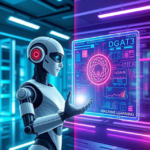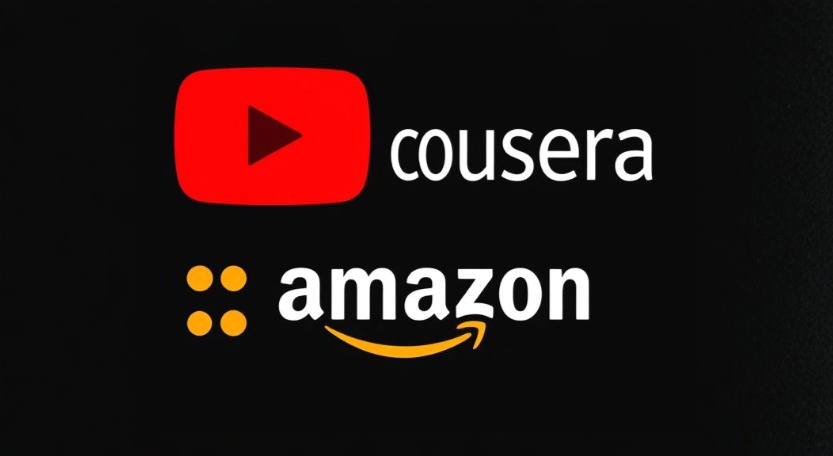AI vs Humans?, Wanna know. Creativity has long been considered a uniquely human trait—the ability to imagine, innovate, and express ideas in ways that inspire and transform the world. But with the rise of Artificial Intelligence (AI), the boundaries of creativity are being pushed like never before. AI can now compose music, write poetry, design art, and even craft short stories.
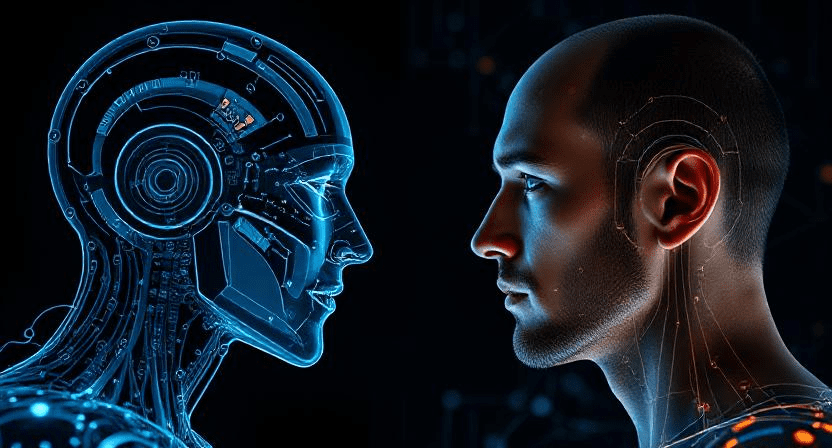
Thus, an intriguing question raises: “Who does creativity better—AI or humans?“
In this blog, we’ll go through into the curious world of AI and human creativity, exploring their strengths, limitations, and the future of creative collaboration. Let’s dive in!
What Is Creativity?
Before we compare let us know what creativity is actually mean, it is the ability to:
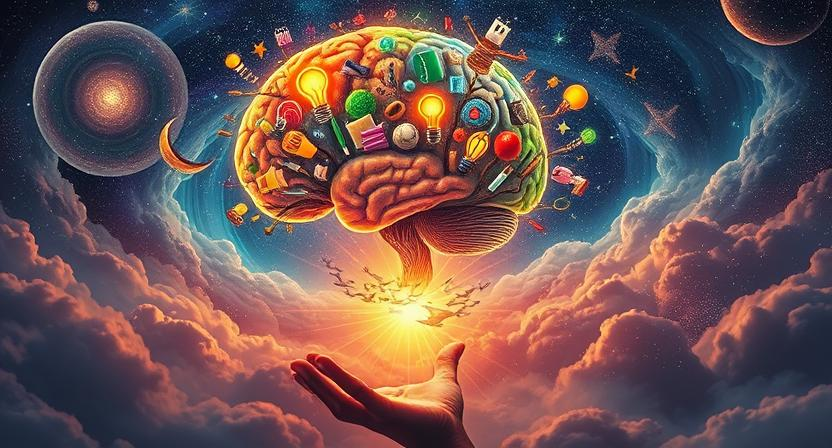
- Generate original ideas or concepts.
- Solve problems in innovative ways.
- Express emotions and thoughts through art, writing, music, or other mediums.
- Combine existing ideas in novel ways to create something new.
Both humans and AI can perform creativity, but they do so in fundamentally different ways.
The Rise of AI Creativity
AI has made heavy contribution in creative fields. Here are some examples:
- Art and Design: Tools like DALL·E, Midjourney, and Stable Diffusion can generate stunning visuals from text prompts.
- Music: AI systems like OpenAI’s MuseNet and AIVA compose original music in various styles.
- Writing: ChatGPT and other language models can write essays, poems, and even screenplays.
- Film and Animation: AI is used to create special effects, edit videos, and even generate scripts.

Strengths of AI Creativity
- speed: AI can generate ideas and content in seconds.
- Scalability: It can produce vast amounts of creative work without fatigue.
- Data-Driven: AI leverages massive datasets to identify patterns and trends.
- Exploration: It can combine ideas in ways humans might not think of.
Limitations of AI Creativity
- Lack of Intent: AI doesn’t “understand” creativity—it mimics patterns from data.
- Emotional Depth: AI lacks personal experiences and emotions, which often drive human creativity.
- Originality: AI relies on existing data, so its outputs are only as original as its inputs.
- Context: AI may struggle with nuanced or culturally specific creativity.
The Power of Human Creativity
Human creativity is deeply rooted in our emotions, experiences, and imagination. Here’s what makes it unique:
- Emotional Connection: We, Humans create art, music, and stories that resonate on a deeply emotional level.
- Intent and Purpose: Human creativity is driven by personal goals, passions, and messages.
- Cultural Context: Humans understand cultural nuances and can create works that reflect societal values.
- Innovation: Humans can think “outside the box” and challenge existing norms.
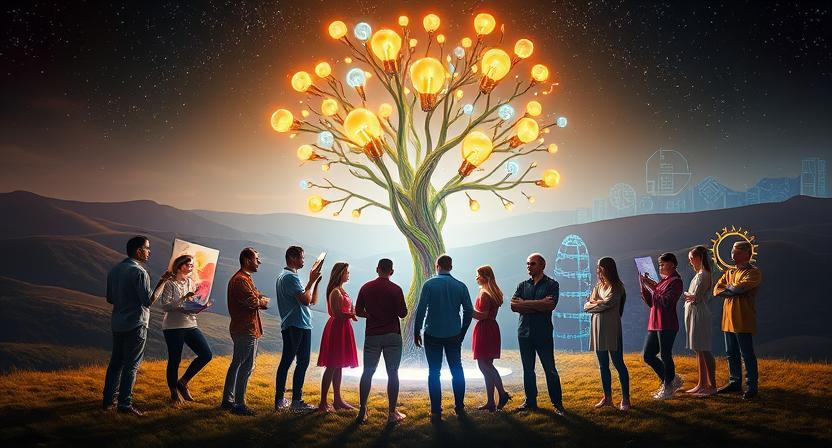
Strengths of Human Creativity
- Emotional Depth: Humans infuse their work with personal experiences and feelings.
- Originality: Humans can create entirely new concepts without relying on existing data.
- Adaptability: Humans can adjust their creative process based on feedback and changing contexts.
- Purpose-Driven: Human creativity often has a deeper meaning or message.
Limitations of Human Creativity
- Time-Consuming: Creating something truly original can take days, months, or even years.
- Subjectivity: Human creativity is influenced by biases, preferences, and limitations.
- Fatigue: Humans can experience creative blocks or burnout.
- Scalability: It’s harder for humans to produce large volumes of creative work quickly.
AI vs Human Creativity: A Head-to-Head Comparison
| Aspect | AI Creativity | Human Creativity |
|---|---|---|
| Speed | Instantaneous | Time-consuming |
| Emotional Depth | Lacks personal emotion | Deeply emotional and personal |
| Originality | Based on existing data | Can create entirely new concepts |
| Scalability | Highly scalable | Limited by time and energy |
| Purpose | No inherent intent | Driven by personal goals and messages |
| Cultural Context | May lack cultural understanding | Deeply rooted in cultural nuances |
The Future: Collaboration, Not Competition
Rather than pitting AI against humans, the future of creativity lies in collaboration. Here’s how AI and humans can work together:
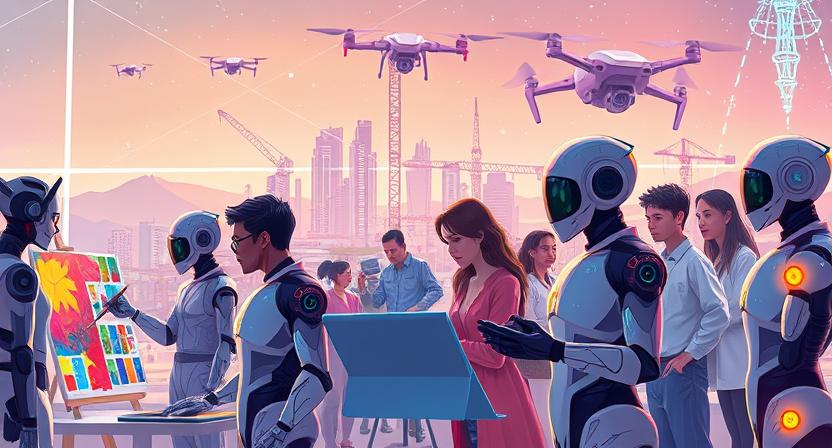
- Augmenting Human Creativity: AI can handle repetitive tasks, freeing humans to focus on higher-level creative thinking.
- Inspiration and Exploration: AI can generate ideas or variations that humans can refine and build upon.
- Accessibility: AI tools make creativity accessible to more people, regardless of skill level.
- New Art Forms: The fusion of AI and human creativity can lead to entirely new genres and mediums
Examples of Collaboration:
- Musicians using AI to compose melodies and then adding their own lyrics and emotions.
- Writers using AI to generate story ideas and then crafting the narrative with their unique voice.
- Designers using AI to create visual concepts and then refining them with their artistic touch
Who Does Creativity Better?
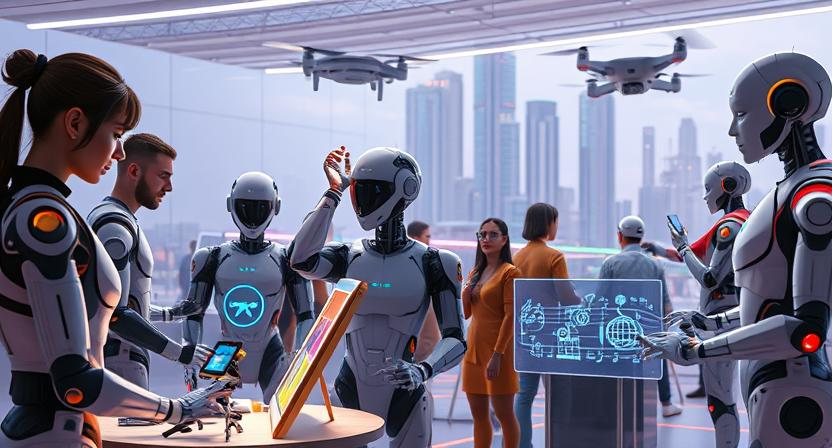
The answer isn’t black and white. AI excels at speed, scalability, and pattern recognition, making it a powerful tool for generating ideas and content. However, human creativity shines in emotional depth, originality, and purpose-driven expression.
Instead of viewing AI as a competitor, we should see it as a collaborator—a tool that enhances and amplifies human creativity. Together, AI and humans can push the boundaries of what’s possible, creating a future where creativity knows no limits
Final Thoughts
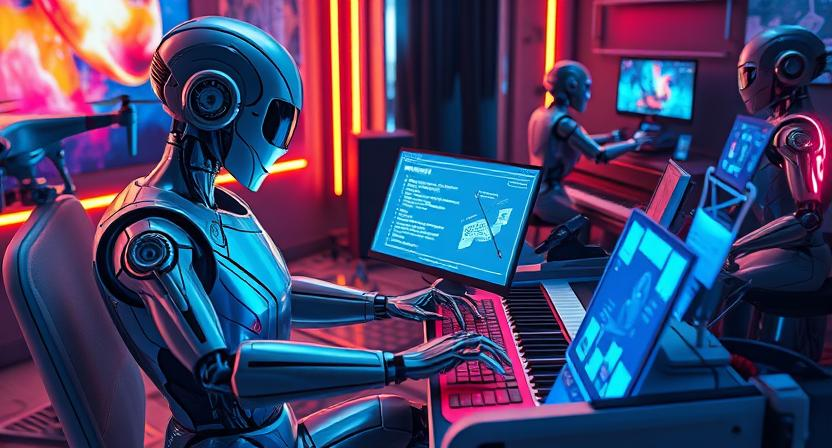
The debate between AI and human creativity isn’t about who does it better—it’s about how we can harness the strengths of both to create something truly extraordinary. Whether you’re an artist, writer, musician, or simply a creative enthusiast, embracing AI as a partner can open up new possibilities and take your work to the next level.
So, what do you think? Is AI a threat to human creativity, or is it the ultimate creative partner? Let us know in the comments below



